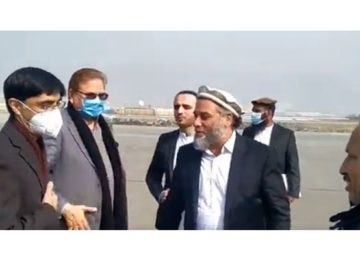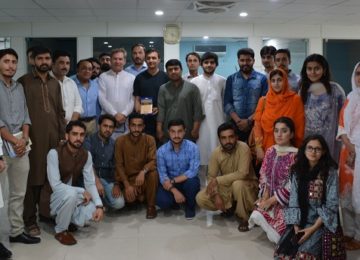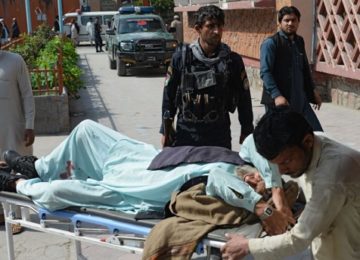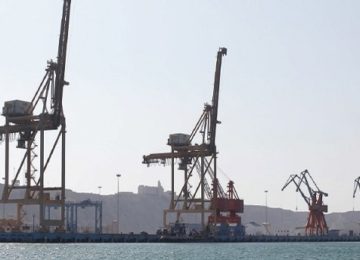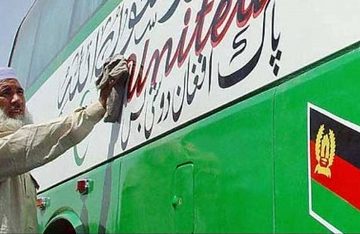During my research for Pak-Afghan Youth Dialogue organized by the Center for Research and Security Studies, Islamabad, I was thinking, what would be the future of Afghanistan without Westerns forces? Most of the participants were talking about the capacity of Afghan law enforcement agencies, but one thing was common and it was the end point of our discussion. Would Afghanistan protect itself from terror attacks within or across the border on its own?
The short answer was ‘‘No’’. Why? In my opinion, it is not because the war in Afghanistan is complex or sophisticated, or because the Afghan forces are faced with an array of security threats ranging from land mines to Improvised Explosive Devices (IED) being used by militants or even direct firing. Rather, it seems, the real challenge stems from the reality that Afghan forces are not adequately trained to combat a higher intensity war, a factor partially attributed to the dilemma of corruption existing in the Afghan forces.
A brief analysis of the three-pronged Afghan defence infrastructure helps understand various shortcomings of the Afghan security apparatus:
Afghan National Army (ANA) is the on-ground warfare force, having a total 200,000 active military personnel, with half of them not fit for armed combat. The US government has spent over $200 million on the education of ANA, yet results are less than satisfactory.
Afghan National Police (ANP) – designated for internal security of country – has around 170,000 personnel. Their major tasks include security of highways, borders and criminal investigations. ANP is considered as a successful force because it has tried establishing trustworthy relations with the Afghan public. People see them as their defenders and let them conduct their operations and patrolling. One of the major shortcomings of the ANP is their lack of counter-terror training and coordination with the ANA, which makes them vulnerable to militant groups.
Local Police (LC) – the third and final element of the Afghan forces – is the local militia recruited by ANP to defend their own houses and villages. They are about 20,000 in number and spread across villages and tribes. Since they don’t wear uniform, it is sometimes difficult to differentiate between them and the Taliban. Having said that, the LC still plays an important role in fending off Taliban attacks on their villages.
Despite the existence of a comprehensive security apparatus as seen in the above three security divisions, why are Afghan security forces still facing defeat at the hands of local Taliban and ISIS? The answer lies in the complexity of the Afghan society and the diverse nature of terror groups.
There are about 20 terrorist groups operating in Afghanistan. These groups are also part of the Afghan Drug Economy which employs a significant number of Afghan villagers. So, it is very easy for them to recruit local people on the promise of job and drugs. About 10-15% of Afghan policemen and soldiers are found positive on frequent drug tests, which implies that there might be a possible connection, at some level, between the security forces, drug lords, and militant groups.
It can thus be concluded that even though the number of soldiers employed in the Afghan forces should provide some sort of resistance to the Taliban and other groups, the situation on the ground, especially in view of widespread drug trafficking, makes it difficult for foot-soldiers to act in a unified manner. As long as the US and allied forces take no action against drug trade, and make limited efforts to unite and properly train all three components of Afghan security, the situation in the country will remain dire.

By Abdur Rehman
The author is a graduate of International Relations from the University of Gujrat. He is the founding President of Hayatian Society of Political Science & International Relations and ‘‘Youth Affairs’’ Magazine. He works as the Editor in different Magazines. His area of interest are Stability – Instability Paradox in South Asia and International Developments. Abdur Rehman was a participant of 2nd Pak-Afghan Youth Dialogue organized by the Center for Research and Security Studies-Afghan Studies Center, Islamabad.
© Center for Research and Security Studies (CRSS) and Afghan Studies Center (ASC), Islamabad.




